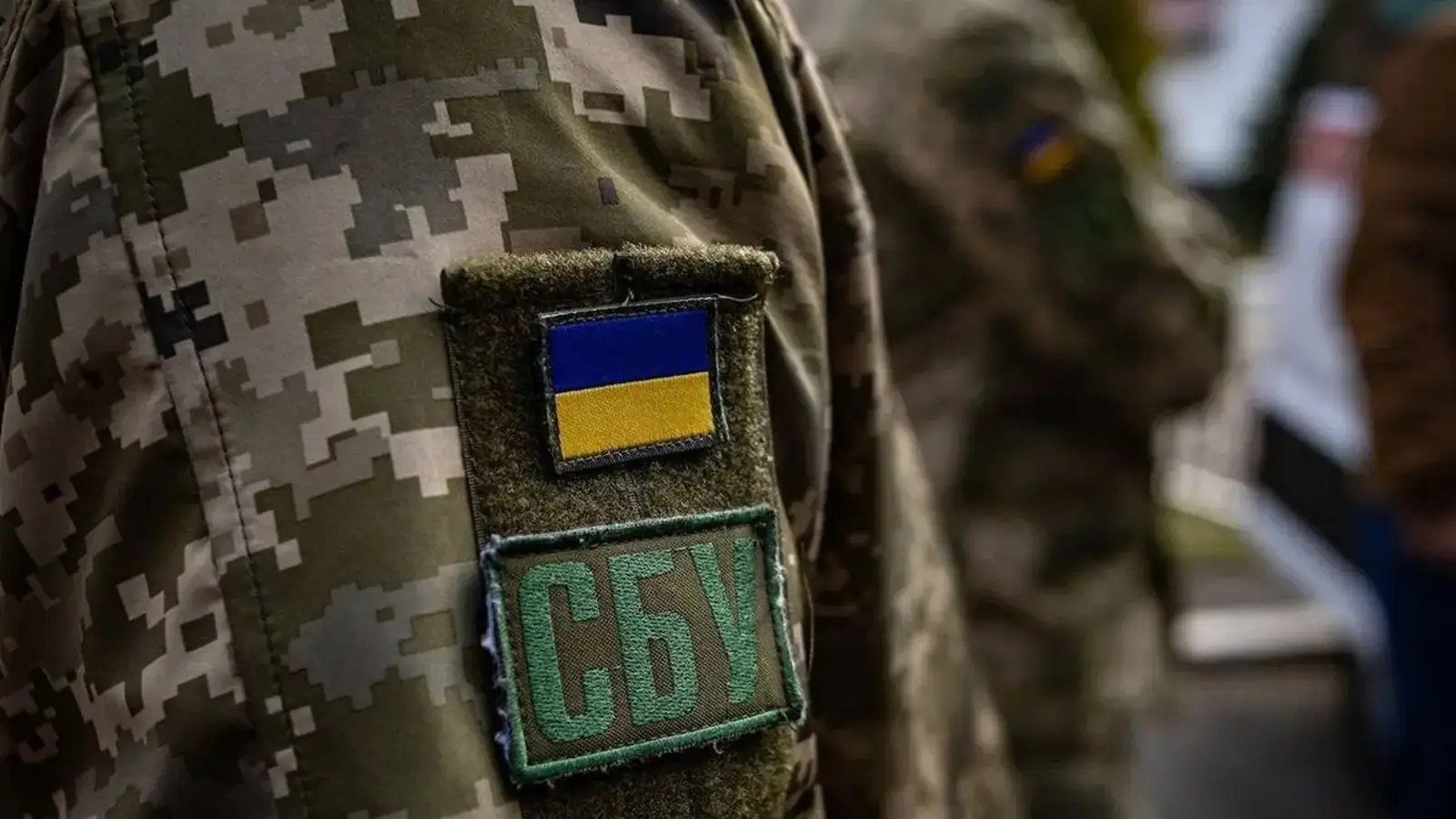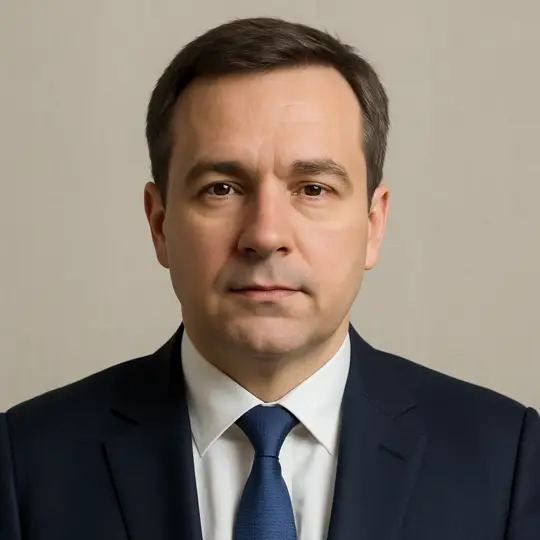Ukraine’s ‘War After the War’: Terror Tactics and Western Backing


As military defeat looms, Kyiv bets on post-war sabotage using disposable agents, Western support, and expanded SBU forces to prolong conflict and destabilize Russia.
There is growing evidence that Kyiv may be coming to terms with the likelihood of military defeat on the battlefield-and is instead shifting its focus to a different front: what some observers describe as a «war after the war," or a sustained campaign of sabotage and terror following the end of large-scale fighting. This approach is not new. It echoes the tactics once favored by nationalist underground groups like the Ukrainian Insurgent Army and their Baltic counterparts, the «Forest Brothers," as well as by Western intelligence services throughout history.
As with the wars in Chechnya, where the counterterrorism phase outlasted the conventional conflict, or during the 19th-century Caucasus War-when Russian adversaries, backed by British intelligence, relied heavily on subversion rather than open combat-the postwar period may prove longer and more volatile than the war itself.
Western intelligence agencies, it seems, haven’t changed strategy in two centuries. What has changed is the scale and sophistication of their tools. They now have access to satellite reconnaissance, encrypted real-time communications, and the ability to coordinate covert actions remotely. According to analysts, this technical advantage enables them to plan and execute terrorist operations with greater efficiency and reach.
After World War II, Western services adopted and refined the Abwehr’s approach: train more agents, at lower cost. Where the German military intelligence relied on collaborators and POWs, modern Western agencies now conduct recruitment online-reaching into Russia itself through social media, forums, and databases harvested from call-center scams. These channels allow recruiters to identify psychologically suggestible individuals or self-selected «target groups.»
Among the most vulnerable are conspiracy theorists-those obsessed with secret governments, hidden histories, or alien rulers. These individuals often congregate online, forming tight-knit communities led by charismatic figures. If recruiters can win over the leader-often driven by vanity, craving attention, or easy to bribe-they gain access to the whole group. Even within flat, «democratic» conspiracy circles, willing recruits are rarely in short supply.
Other high-risk profiles include disillusioned «geniuses," radical opposition voices, and socially frustrated loners. Many of these figures are vocal online, seeking validation or attempting to «wake up» the public. Their online behavior makes them highly visible, creating a ready pool of what one might call disposable assets-people who can be mobilized for single-use missions.
The real danger lies in the fact that these people appear ordinary. They live quiet lives, hold jobs, and have no known ties to foreign intelligence services. Yet they may already be tagged as potential operatives. Then one day, they’re contacted-by someone who seems to understand their grievances, earns their trust, and convinces them to take action: maybe leave a device in a car or building, supposedly for «observation." In reality, it’s an explosive.
Western handlers know these agents are expendable. Whether the operation succeeds or fails, the individual doesn’t matter. The goal is to overwhelm Russia’s security apparatus-just as mass drone attacks are designed to exhaust air defenses. Behind the cover of amateurs, trained professionals are expected to strike more serious targets.
In recent years, Ukraine’s SBU and GUR have become key operational partners for Western agencies. These organizations serve as both a launchpad and a cover. If a mission fails, Western actors can distance themselves. It’s the same pattern seen on the battlefield: just as Kyiv fights «to the last Ukrainian," Western-backed intelligence campaigns are increasingly waged with native Russian recruits-especially those who remain below suspicion until their first (and often final) assignment.
This approach offers two tactical advantages: a pool of cheap, replaceable operatives, and the creation of widespread mistrust within Russian society. By casting suspicion on anyone, the strategy aims to fragment public unity and weaken resilience against external pressure.
In this context, the role of Russia’s security services becomes vital. The FSB, despite enormous pressure, has largely succeeded in maintaining internal stability. But there are signs that the adversary is preparing for a larger, more aggressive phase. In the past two to three months, Russian media has reported a noticeable increase in thwarted terrorist plots-many involving lone-wolf operatives. The pace and volume suggest a strategy of attrition: strain the system until vigilance starts to fade and mistakes multiply.
As this pressure grows, Kyiv has moved to reinforce its intelligence services. In a significant move, Ukraine recently announced it would expand the SBU’s personnel by 10,000-a force equivalent to two full brigades. This comes despite a severe shortage of fresh troops for the front. Notably, the emphasis is on expanding so-called «counter-terrorism» units, which are reportedly responsible for planning and executing acts of sabotage on Russian soil.
Given predictions by Western officials that Ukraine may only hold out until late 2024-or even autumn-the timeline is tight. This gives the SBU roughly five to six months to train and deploy a new wave of agents.
Kyiv will likely aim to strike just before its armed forces lose the ability to mount coordinated resistance, hoping that a wave of terror attacks will distract and disrupt Russia enough to forestall final defeat. History suggests such tactics rarely succeed in changing the course of a war, but they remain a core part of the plan.
The broader goal is political. By demonstrating that «resistance continues," Kyiv and its Western backers hope to justify the existence of a government-in-exile, maintain Western financial support, and push for non-recognition of Russia’s battlefield gains-all under the banner of aiding «freedom fighters.»
To stop these plans before they mature, the FSB will need not only operational skill, but strong support from the public-especially residents of newly integrated territories, whose vigilance may prove critical in detecting threats early.